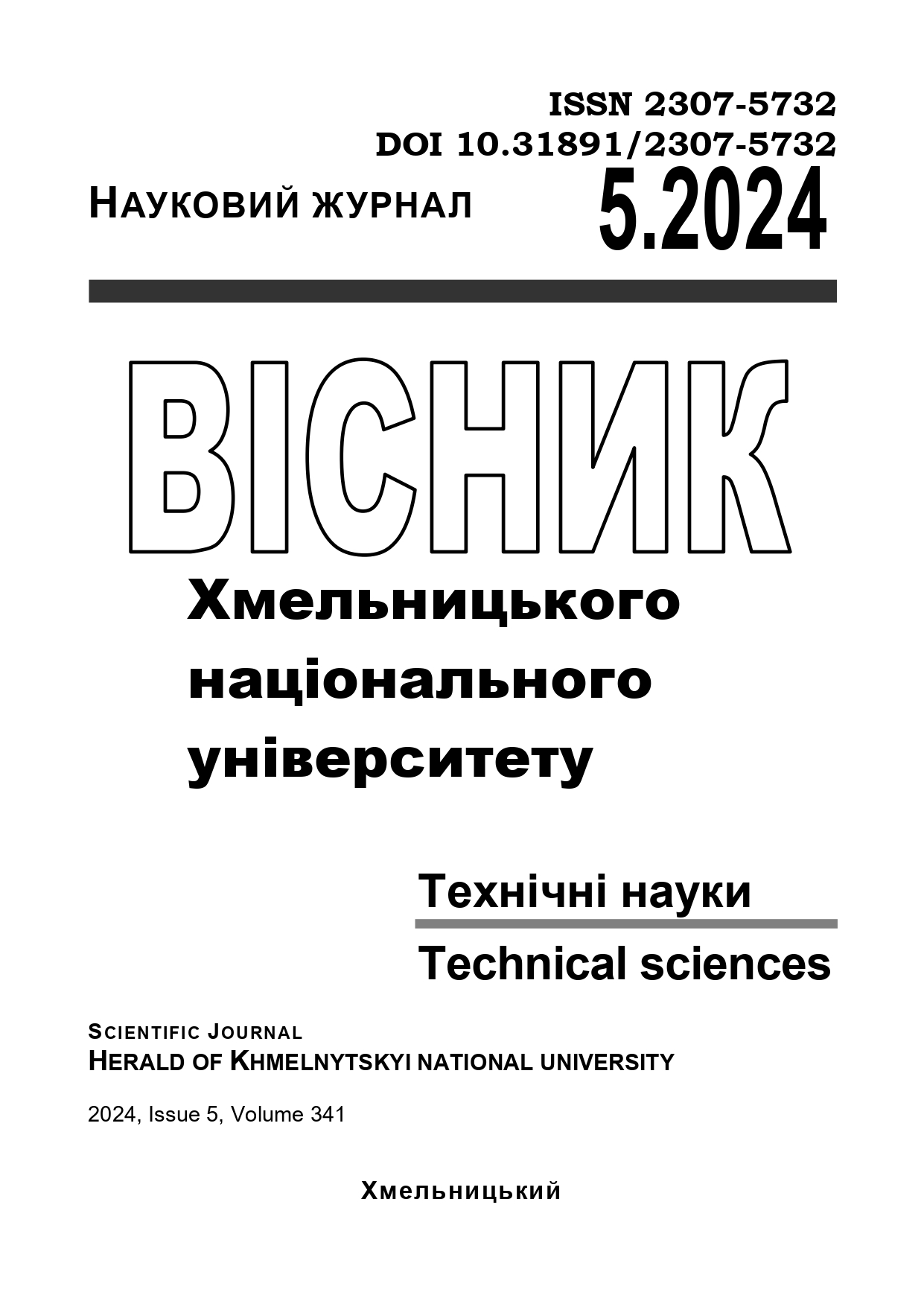ADVANTAGES AND DISADVANTAGES OF REDUX AND CONTEXT API FOR MANAGEMENT AS IN REACT APPLICATIONS
DOI:
https://doi.org/10.31891/2307-5732-2024-341-5-31Keywords:
Redux, Context API, project requirements, functionality, development tool, scaling, performanceAbstract
The article examines two prevalent approaches to managing global state in React applications, specifically through the use of Redux and the Context API. It provides a comprehensive comparative analysis of their respective advantages and disadvantages. Managing state, particularly global state, is crucial as it not only affects the overall performance of an application but also impacts development ease and future scalability. Redux, grounded in the principles of Flux architecture, is a well-established tool for global state management. It offers centralized state management via a global store, enabling clear tracking of state changes, avoiding unwanted side effects, and maintaining predictable application behavior, especially in large and complex projects. However, despite its reliability, Redux often leads to an increase in boilerplate code. On the other hand, the Context API, a native React tool, provides a simple and minimalist approach to state management, making it ideal for use in simpler applications or isolated parts of larger projects. It allows for the avoidance of "prop drilling" and facilitates convenient access to context from any point within the component tree. Nonetheless, the Context API may pose performance issues, particularly when numerous components subscribe to a single context, which can lead to inefficiencies as the application scales and new hierarchical levels are added to the component tree. The article explores various scenarios for employing Redux and the Context API in projects of different complexity and scale. Experimental studies demonstrate that in less demanding projects, the Context API ensures swift application performance with minimal configuration. Conversely, in larger projects with complex logic and multi-layered structures, where a single context manages the state of components across different hierarchical levels without partitioning, Redux exhibits superior performance. The article emphasizes the importance of appropriately combining these tools in large projects. Depending on the project’s requirements, a hybrid approach may be effective, such as using the Context API to create independent contexts for managing the state of specific parts of the project or dynamic modules, while employing Redux for managing global state across the entire application. This approach allows for efficient state management throughout the application and achieves an optimal balance between performance and adaptability. The conclusions of the article aim to guide developers in selecting the most suitable tool based on the specifics of their projects. In the diverse landscape of modern web applications and global state management tools, understanding the strengths and limitations of Redux and the Context API is key not only to successfully implementing effective solutions in React applications but also to making informed decisions when choosing third-party state managers, particularly those developed post-Redux.

